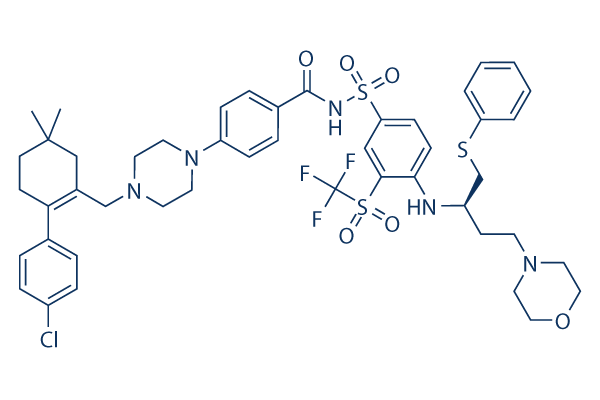At this late stage, it is actually far more probably that neutrophils may develop persistently higher levels of no cost radicals and inflammatory cytokines, as suggested by Fulop et al. who males tioned that aging causes multiple defects in PMN func tion, notably greater manufacturing of ROS with higher concentrations of inflammatory cytokines induced by a large amount of totally free radicals through NFkB. This might describe the prolonged process of wound closure in rats in the older group. in other words, prolonged wounds remain in the chronic inflammatory state which leads to abnormal wound restore, Within the other hand, WP lactoferrin has an potential to stimulate immune responses involving neutrophils and macrophage cytotoxicity, This even more explains the early infiltration of neutrophils in previous rats supplemented with WP.
Also, it is concluded that lactoferrin acts as an anti inflammatory by regulating the levels of TNF and IL six, This explains the important lessen in TNF within the serum of outdated rats supplemented with WP. Furthermore, increas ing the amount of the effective antioxidant, glutathione, by WP supplementation you can find out more in the older rats, could have induced oxidative stability, scavenging the free radi cals immediately after the inflammatory phase of wound healing. This must suppress the induction of inflammatory cytokines and might inspire the next stages of normal healing. The alteration of neutrophil description functions observed right here might be induced by alterations within the signal transduction leukocytes from the mainstream of blood and into tis sues at websites of inflammation.
The re epithelialization method is underpinned by kerati nocytes at the wound edges and by epithelial stem cells from hair follicles or sweat glands, From the present review, wound margin  epithelia of older rats supplemented with WP had been improved in both their dimension as well as the extent of their migration in the edge on the wound, leading to a moderate closing in the wound by the fourth day just after wounding. The release of EGF, TGF a, and FGF is believed to stimulate epithelial cell migration and proliferation, with keratinocytes then migrating in excess of the provisional extracel lular matrix. Once wound closure is accomplished, keratino cytes undergo stratification and differentiation to restore the barrier, Our success demonstrated that WP might encourage these successive events of re epethialization, leading to a full covering in the wound region from the eighth day soon after wounding.
epithelia of older rats supplemented with WP had been improved in both their dimension as well as the extent of their migration in the edge on the wound, leading to a moderate closing in the wound by the fourth day just after wounding. The release of EGF, TGF a, and FGF is believed to stimulate epithelial cell migration and proliferation, with keratinocytes then migrating in excess of the provisional extracel lular matrix. Once wound closure is accomplished, keratino cytes undergo stratification and differentiation to restore the barrier, Our success demonstrated that WP might encourage these successive events of re epethialization, leading to a full covering in the wound region from the eighth day soon after wounding.
Natural Product
A natural product is a chemical compound or substance produced
